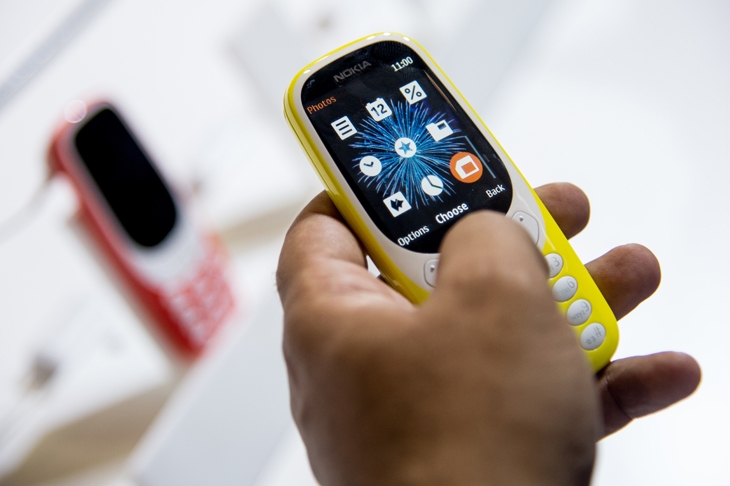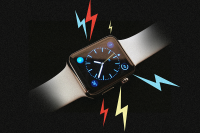I’m eager to order a Nokia 3310, the classic mobile phone of the millennium that was relaunched this week. The original was famed for its simple functions, unbreakable casing and ultra-long battery life; my earlier 3210 was just as good. I lost it on a coach trip 15 years ago and haven’t been truly happy since, having never learned to love my iPhone. But what’s more interesting about this revival is what it tells us about the turbulent evolution of the mobile device market, as well as the curious history of Nokia itself.
Nokia is Finland’s contribution to corporate parable. Having started in 1865 as a smalltown wood-pulp mill, it diversified into manufacturing galoshes and generating electricity, then into telecoms equipment — and emerged from the frozen forests in the 1990s as the global market leader of ‘2G’ mobile technology. The 3310 and its successors were bestsellers for a decade until new technologies and fashions swept BlackBerry, Apple and Samsung to the fore.
Nokia failed to stay ahead of the wave. As its market share crashed, chief executive Stephen Elop famously compared himself in 2011 to an oil worker on a ‘burning platform’ who chooses to jump — in his case into the arms of Microsoft, which bought Nokia’s mobile business and subsequently sold the branded ‘feature phone’ part of it to HMD, a Finnish start-up with a Taiwanese partner. It is HMD, not Nokia itself, that has recommissioned the retro 3310. It won’t turn back the digital clock — even if it appeals to old-timers like me — but it is succeeding in the owners’ objective of drawing attention back to a pioneering brand that sank so much faster than it rose.
This is an extract from Martin Vander Weyer’s ‘Any Other Business’, which appears in this week’s Spectator







Comments